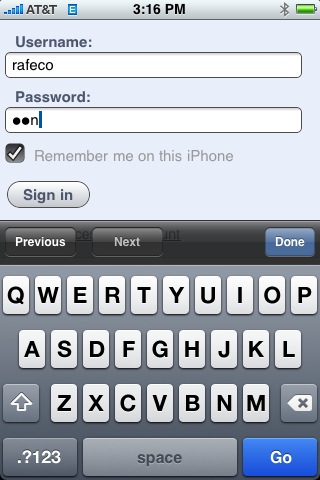As you know, I frequently mine the long term road test blog at Edmunds Inside Line for interesting tidbits that relate to design and user experience. Today I ran into a problem at work where people could no longer log into FogBugz because the computer running Windows XP on which it runs had decided that too many people were connected and I was violating the arbitrary rules Microsoft imposes to force you to purchase Windows Server 2003. Here’s the thing — nobody was actually using FogBugz at the time and the problem went away when I rebooted the server.
Then today I read about a complaint that the Edmunds staff have with Subaru’s navigation systems. Subaru disables the controls for navigation systems when the car is moving:
I find it extremely frustrating that some navigation systems, like the one found in our Subaru, will lock out 90% of the menu functions once the vehicle is in motion. Want to program in a new destination? Pull over and stop. Want to change the route from “quickest” to something more scenic? Pull over and stop. What if you’re mired in traffic, late, on a highway with no shoulder, or simply want to keep going? Tough.
And this remains the case whether you have a perfectly capable passenger riding shotgun next to you to press the buttons or not. A passenger can read regular maps while underway, and AAA gives them away to members for free. Tell me why I should pay one or two grand for one of these, again?
So what do users do when confronted with these arbitrary, user-hostile restrictions? They hack around them:
But our 2008 Subaru WRX STI has a hand-operated parking brake handle, a type that is much easier to control. While doing a hand-brake turn while horsing-around on the safe confines of a dry lake, I inadvertently found that pulling up on it doesn’t simply illuminate the brake lamp. Doing so also energizes all of the navigation system menus.
In the end, he winds up jamming his iPod under the parking brake handle so that he can use the navigation system whenever he likes. In the case of our FogBugz server, I’m going to uninstall Windows XP and replace it with some Linux variant as soon as I get a chance.

Thinking about resistance to learning new tools
The Washington Post’s Wonkblog has a depressing story about the inability to solve a seemingly straightforward problem with technology that will resonate with anyone who works in information technology. In this case, aid agencies are trying to get people in developing nations to stop using indoor cooking fires and use stoves that are safer and more energy efficient instead. Indoor cooking fires kill around two million people a year and are horribly inefficient. They produce emissions that cause global warming. Unfortunately, despite the best efforts of agencies that give away stoves and provide training to replace them, the long term effectiveness of their efforts is very low.
In software, I see this all the time. Many users are incredibly resistant to changing tools, even if mastering the new tool would greatly increase their quality of life. What I have also observed is that people compartmentalize their interest in trying new tools. Someone might resist upgrading Microsoft Office but constantly seek out the newest fishing tackle available. Or a designer might eagerly upgrade to the latest version of Photoshop but refuse to learn a few Unix shell commands that would make their life much easier.
I’d love to see a study that measures the correlation between a willingness pick up new tools and career growth. My belief is that a willingness to adapt to new tools is a key to remaining economically productive over the long term, unless you have a very highly specialized set of skills that remains in demand.